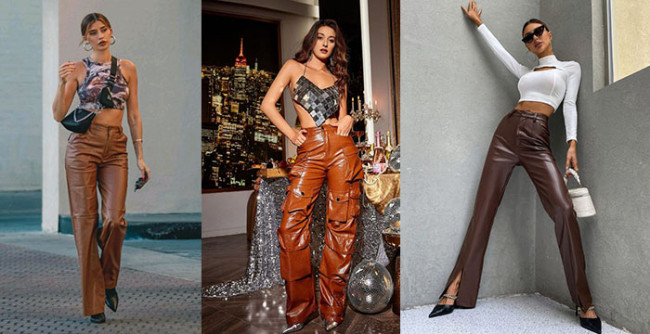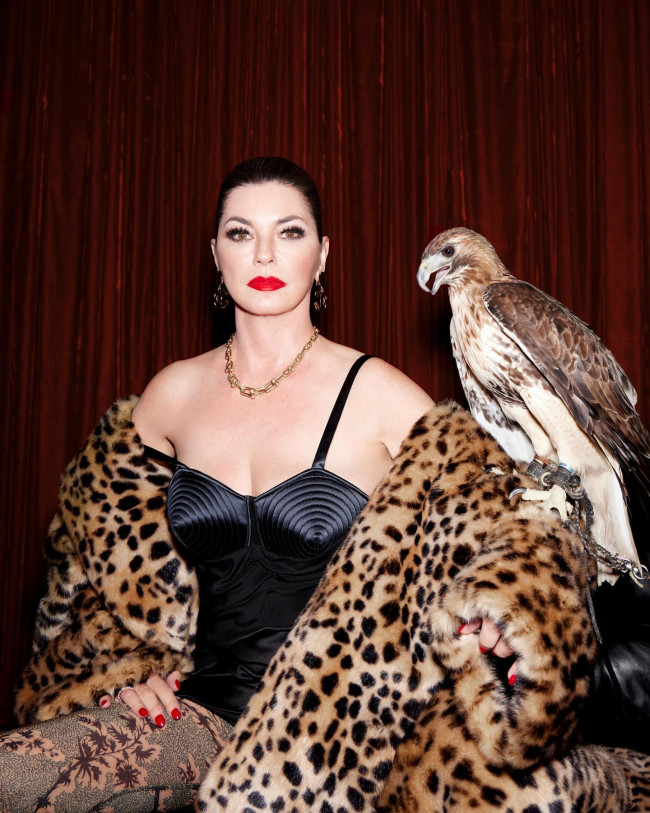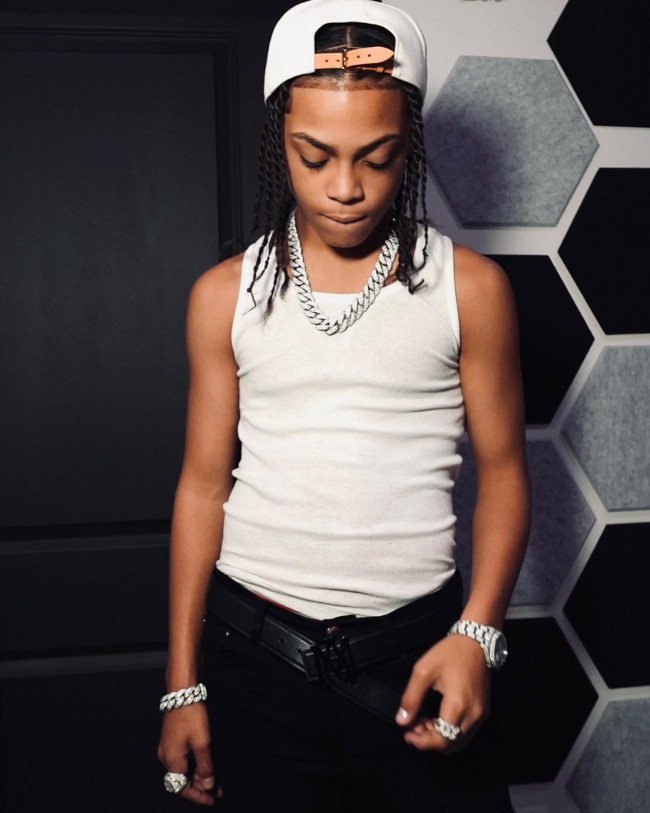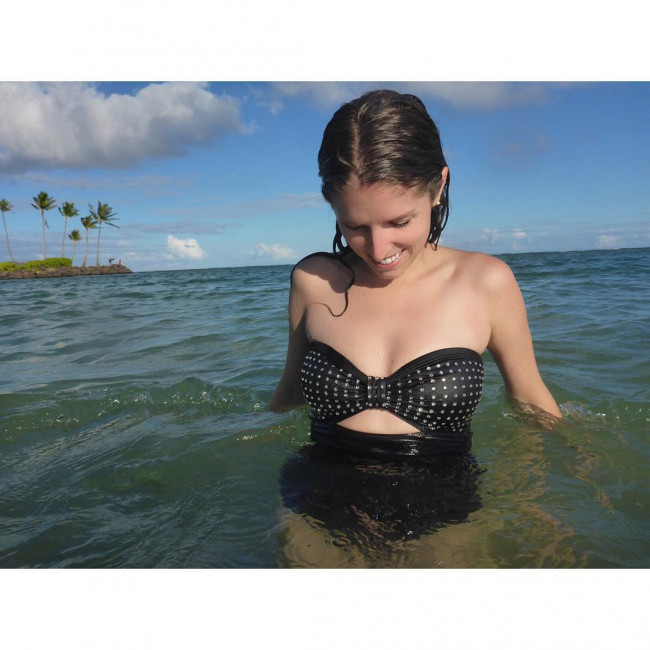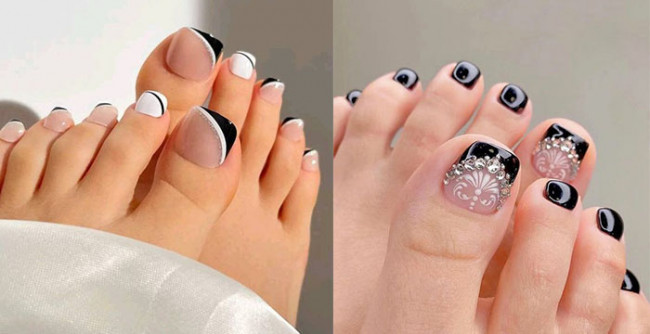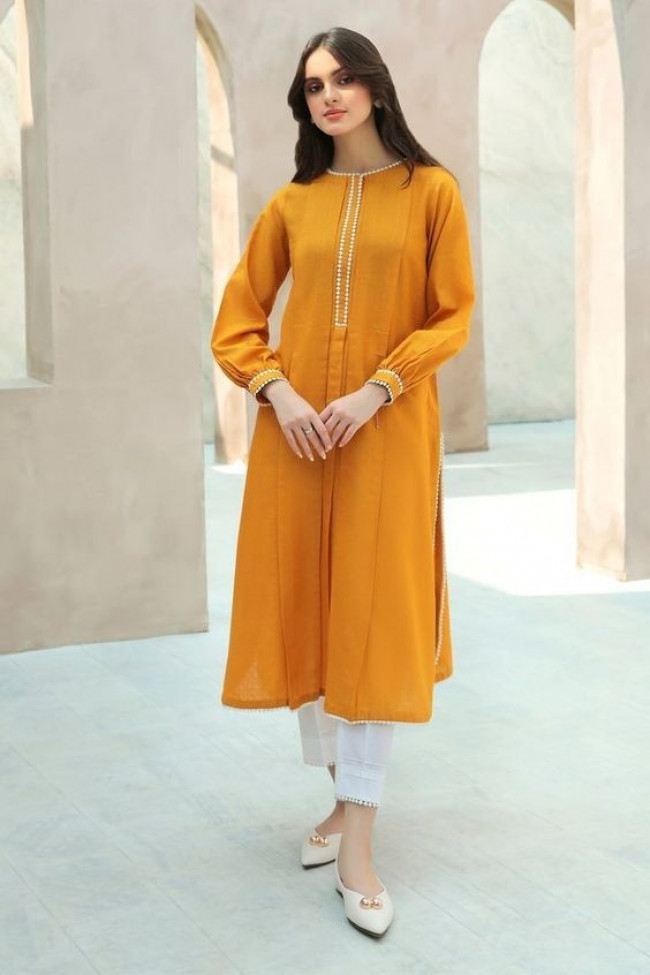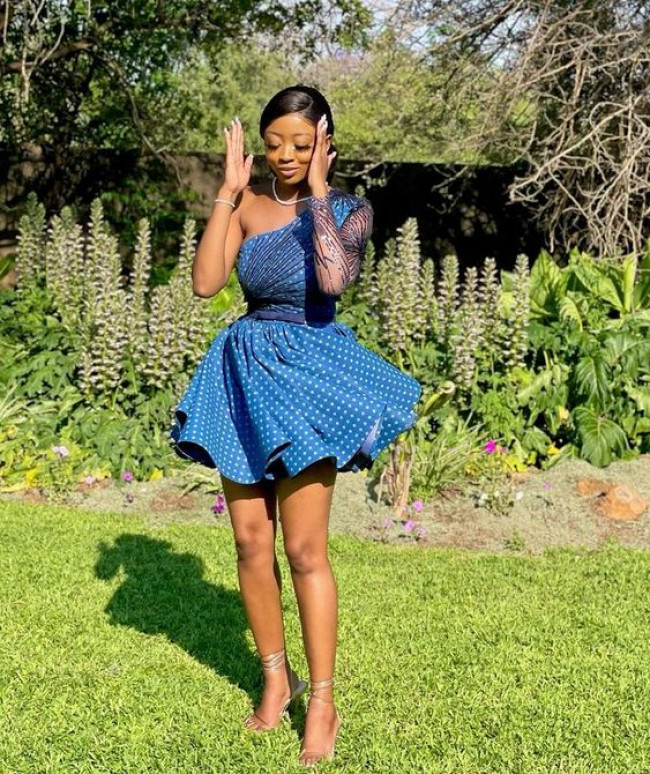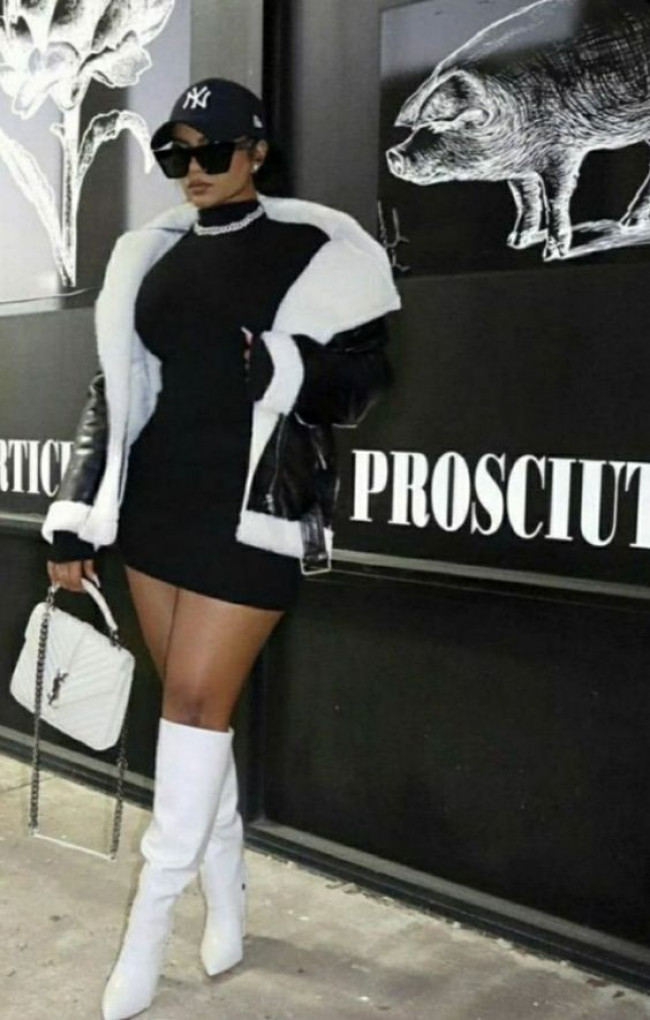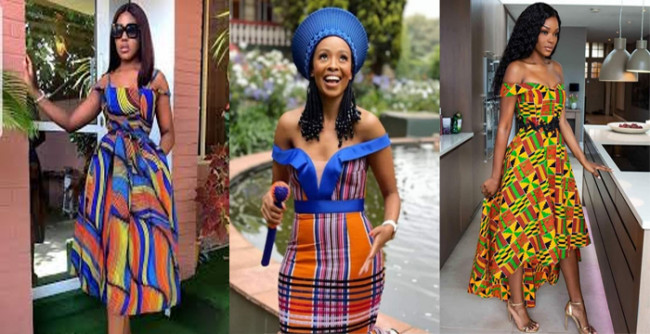Table of Content
The sun dips low, casting long shadows on the cobbled streets. There's a gentle murmur of conversation, the clink of glasses, and amidst this backdrop, a man walks with a relaxed stride.
His suit is sharp, his demeanor confident, yet something unconventional about him is the absence of a tie.
This isn't an oversight; it's a conscious style statement, one that speaks of modernity and ease, fusing formality with a touch of insouciance.
For the gentleman who wants to break free from the tie's constraints while maintaining an air of sophistication, this guide is for you.
Suit Styles and Colors

While wearing a suit without a tie is a sharp and modern choice, it's crucial to get the suit style details right to ensure the look remains polished and intentional:
The Single-Breasted Suit: Universally flattering, the single-breasted suit is your safest bet when going tie-less. It naturally has a less formal silhouette, which complements the relaxed vibe you're aiming for.
Two-Button Suits: These are currently the most popular and versatile suit type and look sleek without a tie.
Dark vs. Light: While darker suits - navy, charcoal, or black - offer a contrast to the missing tie, lighter shades like beige or light grey can be just as compelling, especially for daytime events or warmer months.
Material Matters: Wool and cashmere suits drape beautifully and give an air of luxury even without a tie. For summer, consider breathable materials like linen or cotton blends. Vist suitsexpert.com to know more.
Choosing the Right Shirt
The Classic White: There's nothing like the timeless white shirt. It imparts a clean, minimalist look when paired with a suit and no tie. Ensure it's well-fitted, freshly pressed, and the collar stands firm.
Patterns and Textures: Think of subtle stripes, checks, or even a light texture. They add interest without overwhelming the eye, especially when the tie is absent.
The Shirt's Collar: Non-traditional choices, like the camp or the band collar shirts, offer a neat appearance without the formality of the regular collared shirt, making it perfect for the tie-less ensemble.
T-Shirts: Incorporating t-shirts and polo shirts into a tieless suit looks exceptionally good, given the casual nature of the ensemble.
Opt for a well-fitted tee that isn't too loose but comfortable enough. It should not bunch up under the jacket. Clean T-shirts in neutral shades like white, black, or grey usually work best.
Swapping Shirts with Sweaters
V-Neck Sweaters: These are excellent for showcasing the shirt underneath. Stick to thinner knits to ensure they fit well under the jacket. Solid colors or subtle patterns mesh well with suits.
Crew Neck Sweaters: Similar to the V-neck but gives a more youthful appearance. Again, thinner knits work best, and colors should complement the suit.
Turtlenecks: Turtlenecks, especially in black or navy, exude a European elegance when paired with suits. They're perfect for colder seasons.
Know that sweater thickness matters. A fine knit turtleneck or sweater can slip under a suit jacket seamlessly. But if you're going for a chunkier knit, ensure the suit jacket is roomy enough, or perhaps consider a more relaxed or unstructured blazer.
Accessorizing with Finesse
Pocket Squares: The pocket square becomes a focal point when the tie is absent. Opt for muted colors or patterns that complement your shirt and suit.
Lapel Pins: These little adornments can add character to your outfit. Choose something subtle for formal occasions or something quirky for a more relaxed setting.
Cufflinks: With no tie taking center stage, your cuffs get more attention. A pair of elegant cufflinks can elevate your ensemble, adding a touch of sophistication.
The Right Footwear
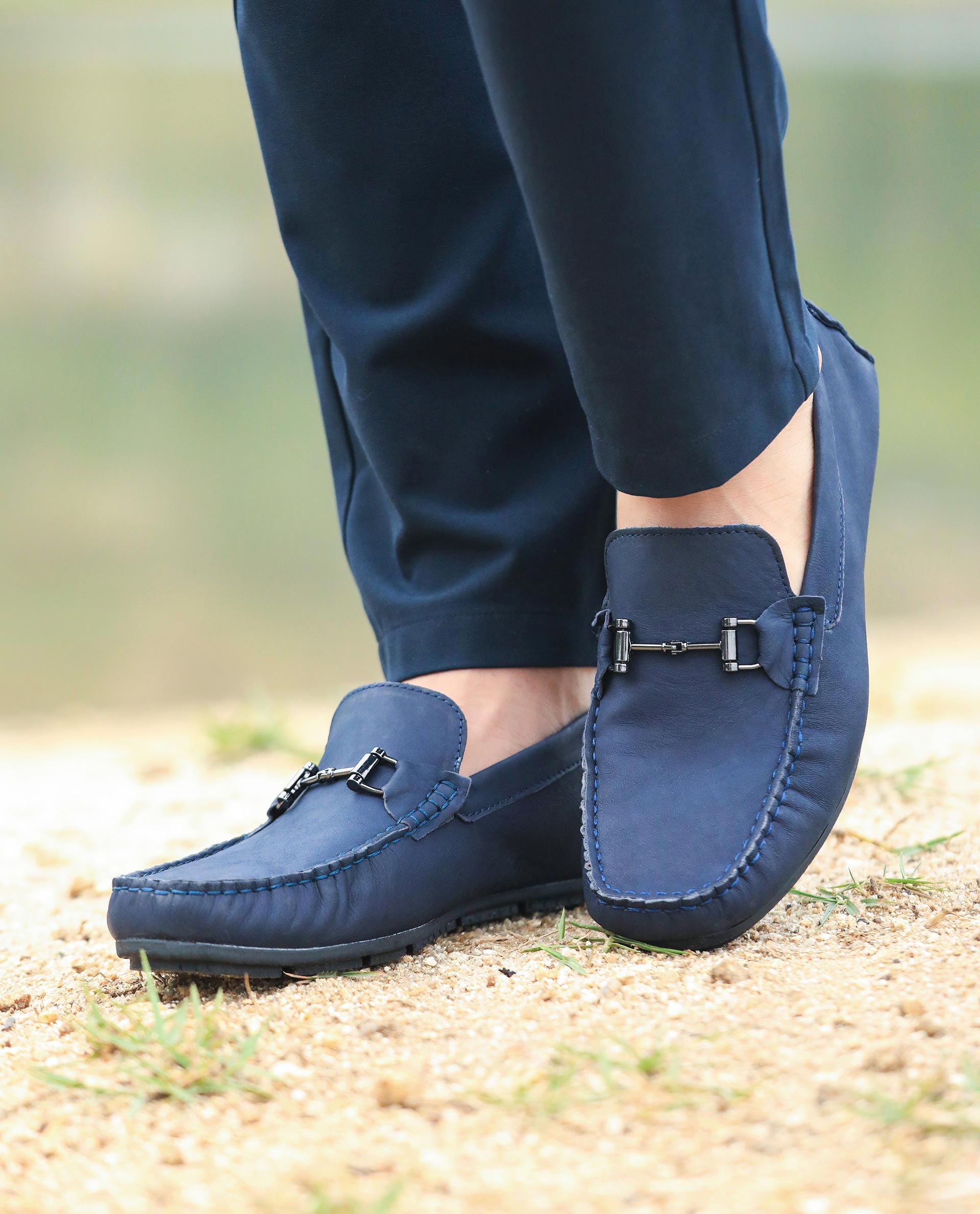
The Brogue or Oxford: When polished and paired with a suit, both of these classic styles set the right tone for a tie-less look. They maintain the sophistication of the ensemble while not overpowering the absence of a tie.
Loafers: For a slightly more laid-back appeal, loafers can be a perfect choice, especially in suede or polished leather. Pair with a light-colored suit for a summer soirée or an outdoor event.
Boots: A clean, leather Chelsea boot can be a daring yet rewarding choice. It gives an edge to the suit and is perfect for colder months.
Fit is Paramount
Tailored Precision: Without the tie, the fit of your suit and shirt becomes even more critical. Ensure the jacket sits snug on the shoulders, the sleeves end just at the wrist bone, and the trousers break slightly above the shoe. Or you can go without a break at all for a more daring look.
Shirt Collar Fit: A collar that sits perfectly around your neck without gaps or sagging is essential. You want it to stand up, even without the support of a tie.
Vest Option: If you're feeling adventurous, consider a three-piece suit and ditch the tie. The vest provides an added layer of formality, balancing the casual vibe of the missing tie.
Setting the Occasion
Casual Events: Feel free to play with colors and textures. A chambray shirt, a tweed suit, or even a bold pocket square can set the right tone.
Business Settings: Stick to classics. While you're ditching the tie, maintain a semblance of formality with a crisp shirt, a well-fitted suit, and polished shoes.
Weddings and Parties: Here's where you can truly showcase your style. Depending on the theme, opt for bolder suit colors and unique accessories, or even mix and match your suit pieces for a distinct look.
Conclusion
The absence of a tie should never equate to the absence of style. In fact, it's an opportunity to showcase your fashion sensibility in a fresh, modern way. The key is in the details – from the fit of your shirt to the choice of accessories. By merging traditional formalwear with contemporary flair, you present an image of a confident, forward-thinking individual who understands that style is ever-evolving. Remember, fashion may have rules, but true style knows when to rewrite them.

